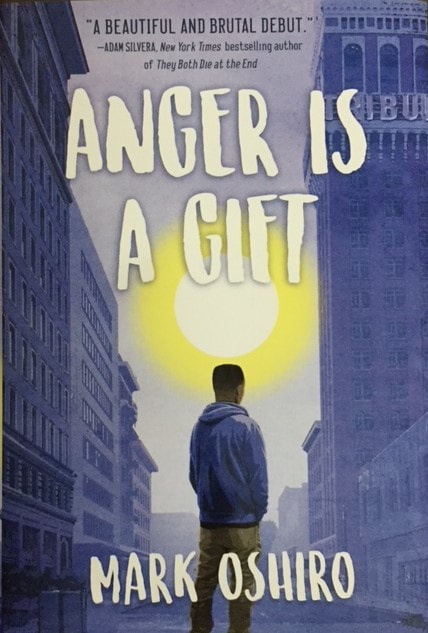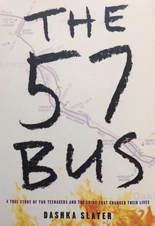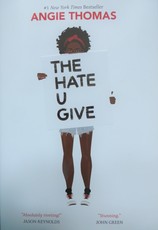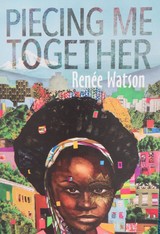Anger is a Gift
|
|
Book Summary:
Moss is famous for something no one wants to be famous for: his father was shot and killed by police in a case of mistaken identity. His Oakland, California community has experienced too much violence, and Moss' school seems to be falling apart around him. When there's no money for textbooks or after school clubs, but the school finds funds for armed resource officers and metal detectors, the students plan a protest. Moss, who suffers from anxiety and bouts of PTSD related to his father's death, begins to speak out more as his friends are injured by people and systems ostensibly designed to protect them. Moss is also feeling shy and excited about his first romance, but has doubts about whether Javier can really find him appealing, since he is overweight and has panic attacks. As Moss works through his anxiety toward activism, he is unsure whether he has the power to change the system. Book Review: This is an amazingly important topic, but the last third of the book is much more compelling than the first 280 pages. Moss' action to combat the violence at his school and the brutality against his friends is powerful, but the set-up meanders, repeating the characters' frustrations and feelings in direct statements, instead of allowing the reader to interpret them. A strength is the portrayal of well-intentioned white people who never seem to "get" racism or how policies that look like systemic racism to one person look legitimate and logical to someone else. Without wishing to spoil a major plot point, I think the story would have been stronger if a particularly awful deliberate action had not been taken by white characters, because the complexity of their wanting to help and inability to say or do the right thing is already a strong illustration of the issue; creating outright villains might not have been necessary. Similarly, the violence against completely innocent characters time after time makes a point, but flawed characters are not deserving of that level of violence, either; more three-dimensional people would have elevated the story. The exchange with the administrator, who clearly feels that thanks are in order for his helpfulness, is a great scene to show the disconnect between Moss and his friends, and people who don't believe they are part of the problem. The story features diverse characters, including gay, transgender, and gender non-conforming friends, an illegal immigrant, a friend with mobility challenges, and a lesbian Latina best friend adopted by upper middle class white parents. Moss' mother has a history of activism, and their close relationship is good to see, although it's unusual to have a teen protagonist who never experiences tension with a parent. The diversity in this story is great to show mirrors to readers who don't often see themselves in YA literature, as well as windows for readers who can see a different world through these characters' eyes. However, there are so many different characters - school friends, family friends, neighborhood friends, teachers and administrators, Javier's friends and family, Esperanza's friends and family, police and community officials - they crowd the chance to create richer scenes between individuals. The writing, especially at the beginning, is simplistic, with a narrative that constantly tells what is happening and how to feel about it. The dialogue consists of people stating precisely what they think and how they feel, although real people are typically more complicated and less self-aware. This is a book that is different from existing YA fare, largely because of its topic and its characters. It is also a great book to show examples of activism and nonviolent protest in the face of injustice, and it raises plenty of questions for thoughtful discussions. "He told her everything, only pausing to catch his breath when it felt like too much. He froze up again when he spoke of the holster and the gun, and Wanda pulled him into a hug. But the time he got to the end of the story, though, he didn't feel better. He started shaking, and it unraveled. All of the fear, all of the terror, it spilled out of him along with the tears." |
If you like this book, you may also like . . .











